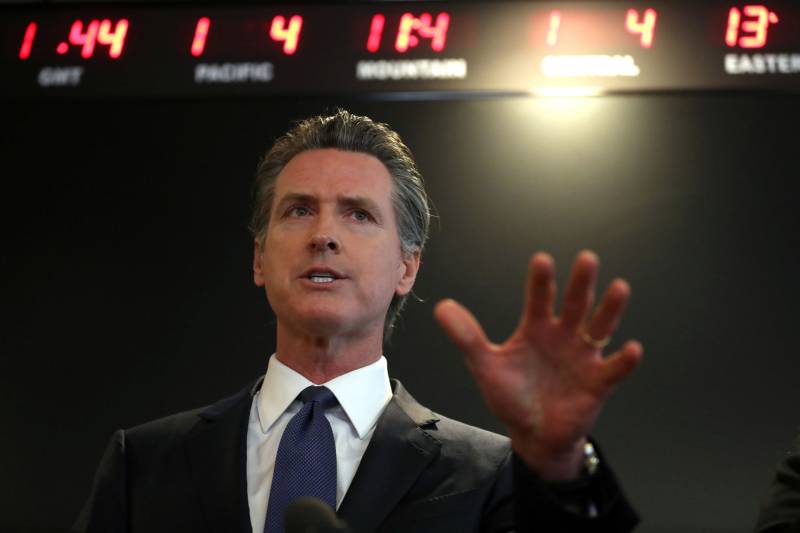Jesse Melgar, a spokesman for Newsom's office, defended the governor's order, saying it would immediately provide relief to renters in cities and counties around the state where local leaders have not implemented their own moratoriums.
"These protections provide a strong, statewide foundation that cities can build upon," he said.
Friday’s order won’t override any measures that cities or counties have already enacted or could enact in the future that offer tenants more protections from evictions. Since the coronavirus outbreak, some 30 jurisdictions have enacted moratoriums on evictions, including in Oakland, San Jose and San Francisco.
But the moratoriums vary in what they cover and who is protected – creating a patchwork approach that tenants organizations had hoped to eliminate with a single, statewide policy. Other states, including Washington, Maryland and New York, have passed bans on residential evictions and foreclosures.
On Wednesday, a coalition of 38 lawmakers sent a letter to Newsom urging him to issue a prohibition on all evictions, unless the tenant poses a serious threat to health or safety.
State Sen. Scott Wiener, D-San Francisco, said Friday that the governor’s order fell short of their request, adding that it will likely lead to a wave of evictions immediately after the emergency ends.
“Millions of Californians are struggling during the greatest economic dislocation in nearly a century,” Wiener said in a statement. “They deserve a complete moratorium on evictions during this emergency, so that they can focus on health and health only.”
Kim Burrafato, 67, is a barista at the popular Caffe Trieste in San Francisco’s North Beach. He shares a $2,300-per-month apartment with three roommates but hasn’t been paid since the cafe closed on March 16. They were able to scrape together enough money to pay April's rent, but he's worried that if he doesn't go back to work soon, it may be a different story come May.
He tried to file for unemployment, but the system crashed, he said.
"We knew it was coming, and it was very depressing," Burrafato said. "I'm just holding on here."

